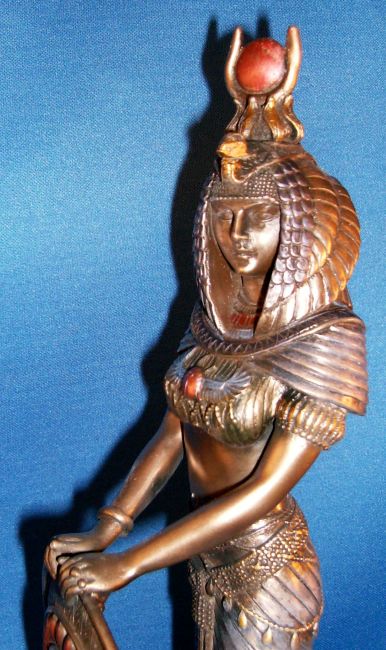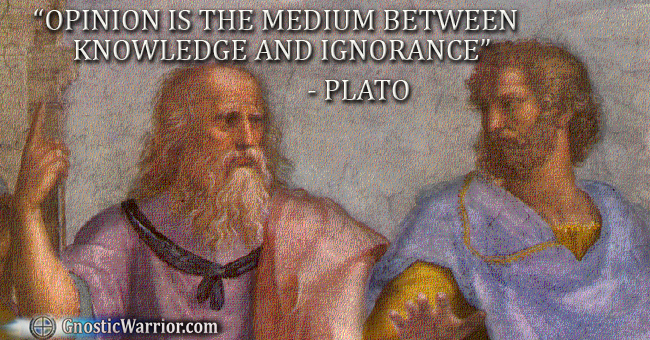Everything in life has a rhythm.
It is one of the most basic and important elements in music, which is comparable with that of rhythm in all biological systems.
All social interactions are rhythmic metaphysical dances.
Whether we are talking, working, resting, walking, running, hopping, skipping, or dancing to music with a partner or in a group, we are all engaged in a complex biological rhythmic dance with the energy frequencies that surround and come in contact with our being.
Even every cell within our bodies is attuned to these unseen waves and frequencies that envelop all life on earth.
It’s what makes music that may start out as chaotic to have order and function causing it to come “alive,” and likewise, rhythm in biological systems such as the planet and human species is necessary for sustaining health and life.
All living organisms have internal time-measuring devices within their cells that affect their development, health, lifespan, and lifestyle.
This is why we can say God is the master clockmaker tuning all life on earth to play a certain rhythm for the song we call life.
As it relates to the human body, these rhythms regulate all bodily functions and your internal clock that control all cycles of life.
Each dynamic behavior related to the frequencies of the human biomedical systems may be related to both normal and pathological physiological functioning.
Whether we are thinking, breathing, or walking as our heart pumps autonomously and our eyes blink effortlessly, these functions are occurring at the cell level as if “they have a mind or program of their own.”
This mind and program are led and controlled by various unseen energetic forces that act upon the frequencies without and within the human body.
Our brains together with the nervous system control all these functions automatically with the help of our cells and the secret chemicals that fuel them.
A concert of biological chaos miraculously turns into order.
Sensory nerves carry messages from the sense organs to the brain for processing, and then, the brain sends instructions in response through other specialized nerves to the physical parts of the body, such as the muscles, that can carry out its commands.
There are phenomena where regular dynamics reflect healthy behavior such as our sleep-wake cycle and menstrual rhythms.
The opposite polar dynamic associated with arhythmic pathologies is found in various diseases like cardiac arrhythmias, and different neurological disorders such as tics, tremors, and epilepsy (Glass, 2001 – Ferriere & Fox, 1995).
When they become out of rhythm, i.e. arhythmic, you can become ill and diseased.
Your bodily cells and organs appear to go from order to chaos.
A type of autonomous desynchronization down to the cell level.
They misfire, skip a beat and the rhythm becomes out of tune or arrhythmic.
WHAT ARE THE VARIOUS BIOLOGICAL RHYTHMS?
Biological rhythm and periodic biological fluctuation in an organism correspond and respond to periodic environmental change.
An understanding of the mechanisms responsible for biological rhythms is crucial for the comprehension of the dynamics of life (Glass, 2001; Goldbeter,2002).
Examples of changes that affect all life include cyclical variations in the relative position of Earth to the Sun and to the Moon and in the immediate effects of the day alternating with night, and high tide alternating with low tide.
Biological rhythms can be subdivided into various levels such as circadian rhythms, which refer to recurring cycles mainly activated by light and dark patterns like the sleep and wake cycles (Van Someren, 2000; Tähkämö et al., 2019).
Ultradian rhythms refer to recurring cycles that are completed more than once per day such as the molecular and cellular rhythms (Goldbeter et al., 2012) and our cardiovascular and respiratory systems (Haken and Koepchen, 1991).
Infradian rhythms refer to recurring cycles which can last longer than a day, months and years like menstrual cycles, human life cycles, and generations of life.
Scientists have found that virtually all light-sensitive organisms from fungi to humans have circadian clocks, which indicates that unicellular organisms have circadian oscillators that are built to work in a cell-autonomous fashion.
Most physiological processes in mammals are influenced by a complex circadian timing system in which the master pacemaker in the brain synchronizes numerous subsidiary oscillators in peripheral cells.
They have found that most body cells of these organisms have their own circadian clocks that continue to oscillate even after they have been dissociated from the organism.
Meaning they still appear to move, and live in this energy field after death.
Spinning unseen in the ether as if they had a program and life of their own.
This again verifies the autonomous nature of all cells, and we can raise the argument for the immortality of the human genome.
Scientists have found that oscillators play a dynamic role in the “rhythm of all biological systems.”
An oscillator is a biological, mechanical, or electronic device that works on the principles of oscillation, which is a fluctuation between two things based on changes in energy.
What this means is that these oscillators respond to stimuli at some times in their cycle and may not respond at others.
Researchers have found that rhythmic biological processes are related to the tendency to stay in balance between chaos and order i.e., homeostasis (Crutchfield, 2003; Gnocchi and Bruscalupi, 2017).
Oscillations are also found everywhere throughout the physical and biological worlds.
Clocks, watches, radios, and computers, are among the many electronic devices that use oscillators.
It is also known that such biological oscillators in humans interact with the cell cycle and the effects that can emerge from a non-linear interaction between oscillations.
Their interactions can result in a systematic process of synchronization called entrainment.
Entrainment has been studied in a variety of contexts including music perception, dance, verbal communication and motor coordination more generally.
Entrainment is defined by a temporal locking process in which one system’s motion or signal frequency entrains the frequency of another system.
Hence, it makes it like itself.
It does this by way of energy/wave frequency (oscillations) down to the cell level to play the same tune.
This is how the world works. It’s how everything we see, hear, and touch operates.
This can be used for mind control that in psychology is called entrained thinking.
Keep in mind when I say mind control that I believe that there are several categories that define mind control.
For example, I believe that people can control their own minds making it almost impossible to be controlled by other people which is the most powerful form.
Your mind can also be controlled or semi-controlled by will or by force such as through cults, abusive spouses, or government propaganda.
The last category is your mind being controlled by pathological fungal infections in your microbiome via your gastrointestinal tracts and mental illness, which I have written about extensively in the past.
Entrainment of the human mind can happen via one or a combination of these three mechanisms.
Social entrainment is the responsiveness of people to rhythmic information generated by other people or sources.
A condition that occurs when people are trained to learn a subject or specific task while being effectively blocked from understanding and using new ways of thinking or by perspectives they have acquired through past experience.
This occurs whenever the rhythmic output from one person or organization becomes the input for another person’s rhythmic signal processing system like what we constantly pay attention to, rather than experiencing ourselves.
Examples of another person’s rhythmic signal can be found in academia, media, music, video, film, podcasts, etc., and especially via social media platforms like Twitter.
Hence, our world is based upon the rhythms of social entrainment.
The questions I think we should each ask ourselves is “who and what are we allowing to entrain us and where do we each stand between the chaos and order to find balance in a world gone arhythmic?”
SOURCES:
https://www.ncbi.nlm.nih.gov/pmc/articles/PMC1369272/
https://pubmed.ncbi.nlm.nih.gov/15661515/
https://www.webmd.com/a-to-z-guides/what-are-biological-rhythms
https://www.scielo.br/j/jbsmse/a/kjptBGTvRTgJwxK8fXsXrqL/?format=pdf&lang=en
https://www.frontiersin.org/articles/10.3389/fpsyg.2022.867191/full
https://www.ncbi.nlm.nih.gov/books/NBK546664/

Moe is the founder of GnosticWarrior.com. He is a father, husband, author, martial arts black belt, and an expert in Gnosticism, the occult, and esotericism.

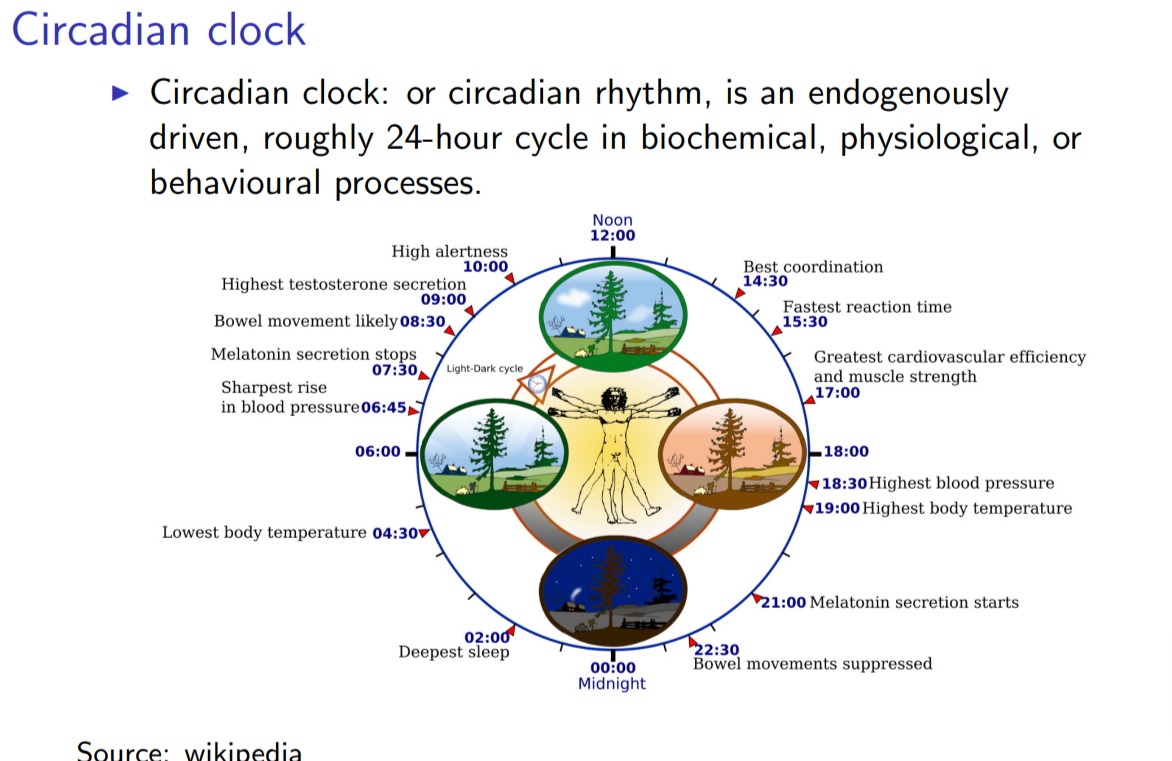
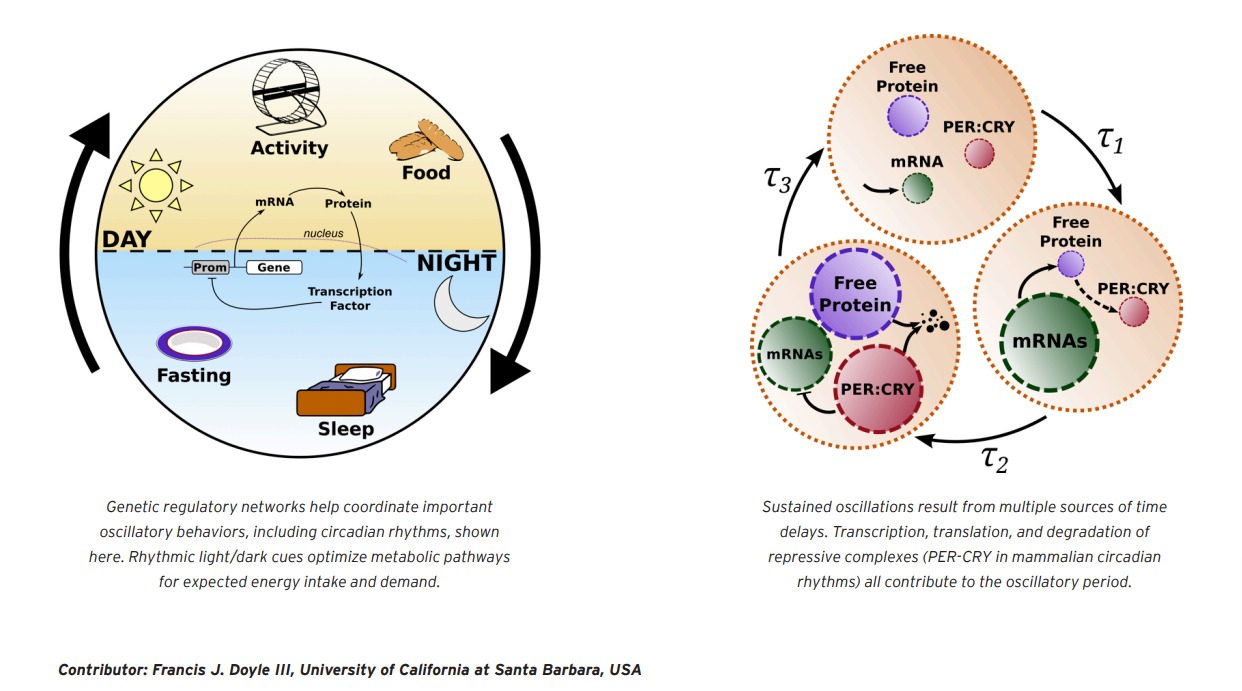
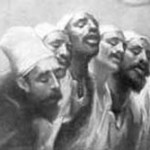

![How Bishop Aidan foretold to certain seamen that a storm would arise, and gave them some holy oil to calm it. [Between 642 and 645 AD.] | Book 3 | Chapter 15 How Bishop Aidan foretold to certain seamen that a storm would arise, and gave them some holy oil to calm it. [Between 642 and 645 AD.] | Book 3 | Chapter 15](https://www.gnosticwarrior.com/wp-content/plugins/contextual-related-posts/default.png)
